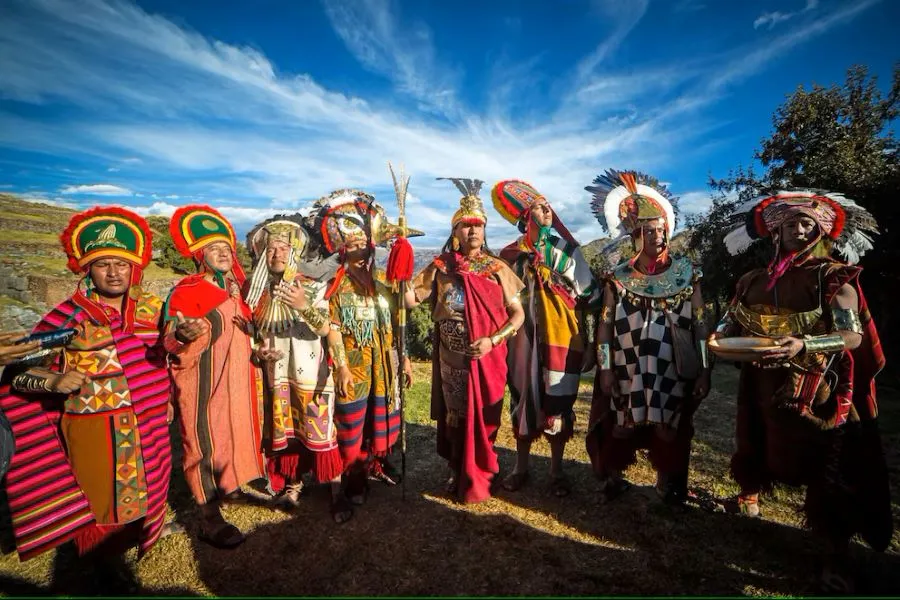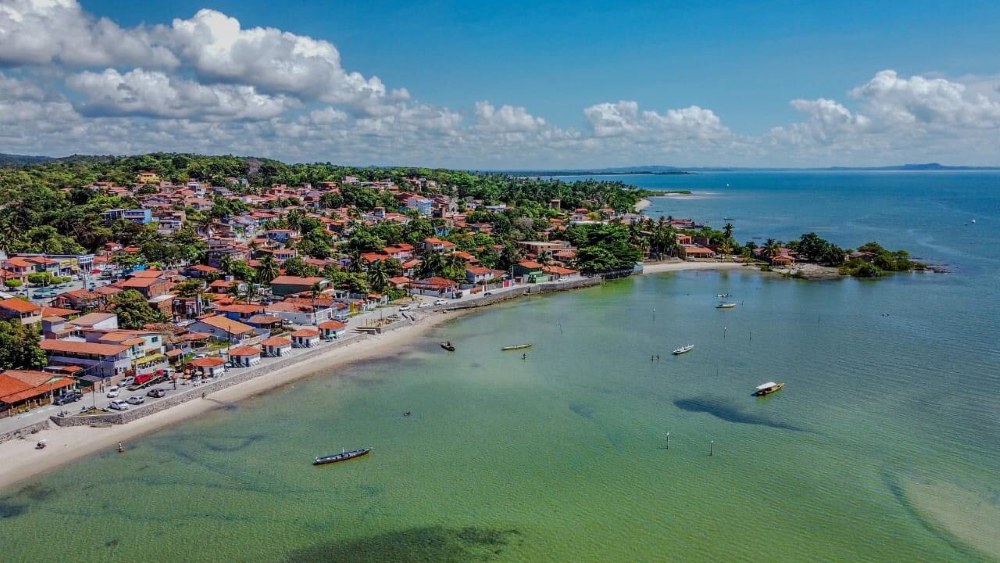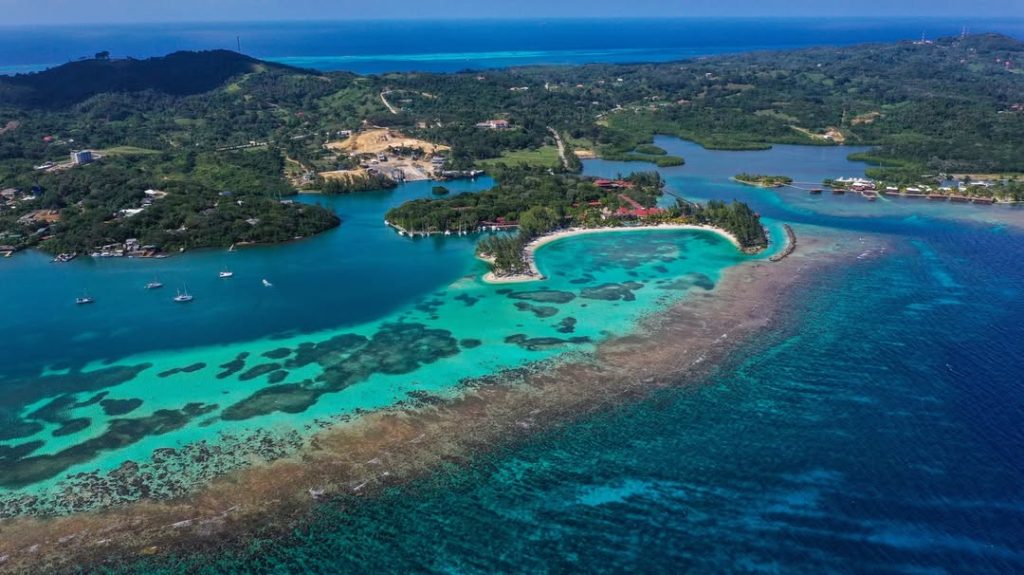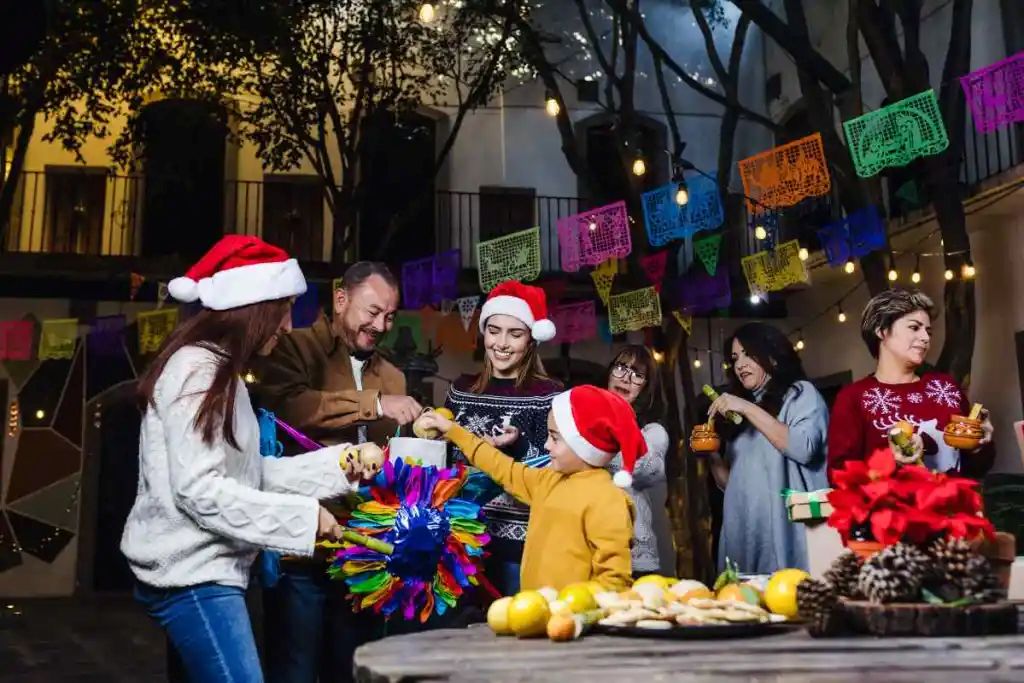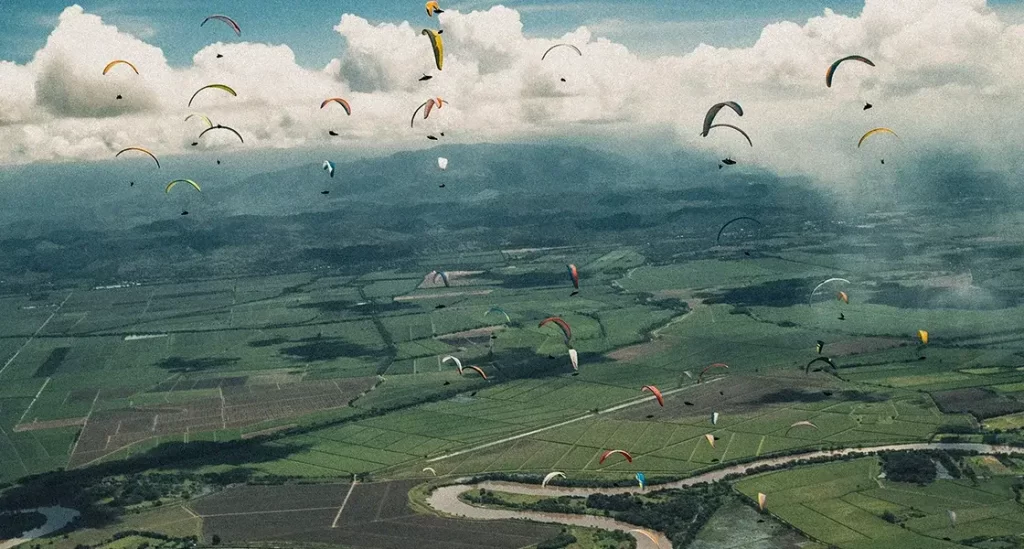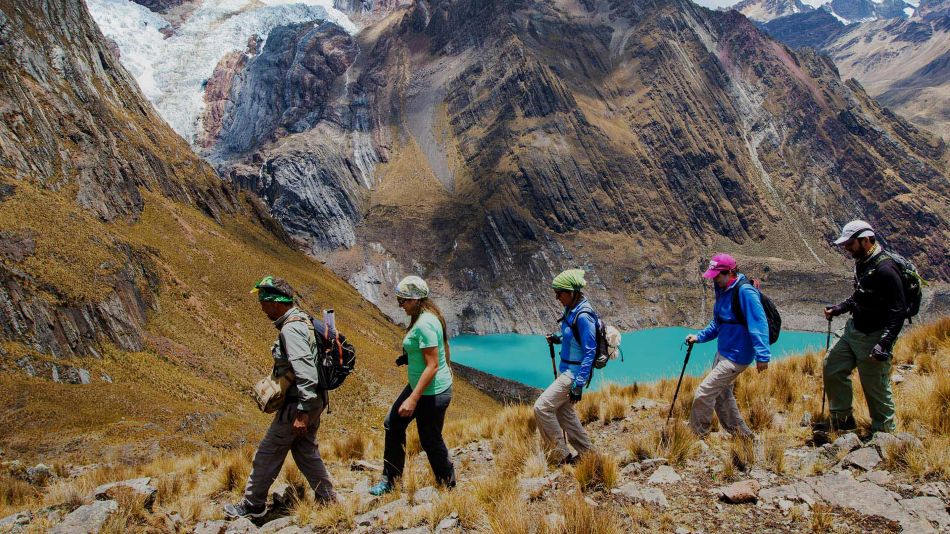Every year in June, Inti Raymi, or the Festival of the Sun, illuminates the Andes with a very special glow. More than an ancestral ritual, this celebration is a true symbol of identity and memory for Indigenous peoples. While it is also commemorated in Ecuador and Bolivia, the most spectacular and emblematic version takes place in Cusco, Peru—the former capital of the Inca Empire. Far from being frozen in time, Inti Raymi embodies a cultural pride passed down from generation to generation.
The First Ray of Light
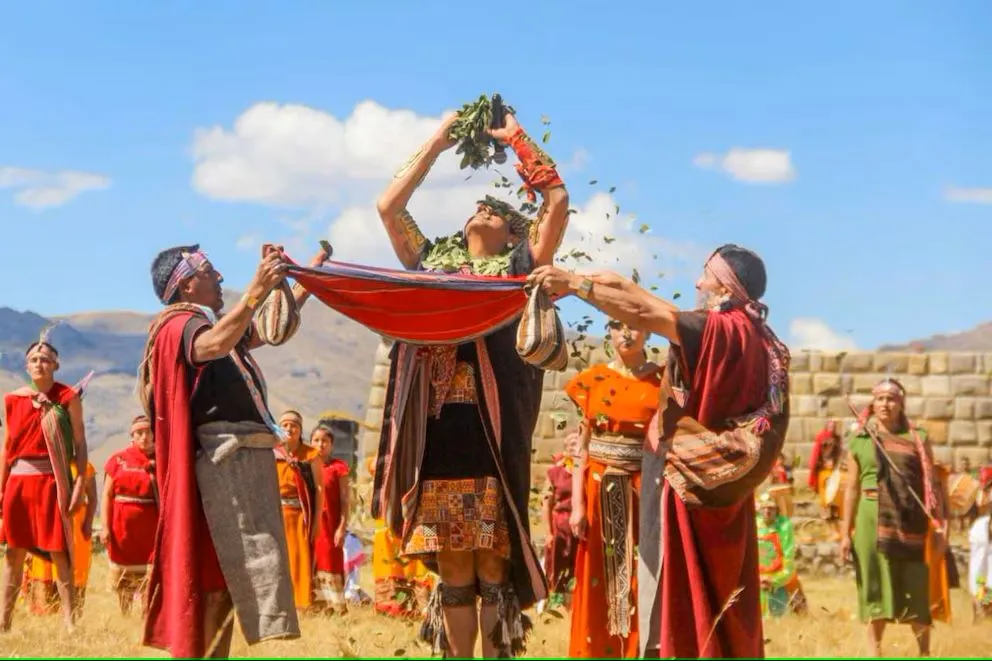
In their ancestral wisdom, the Inca civilization believed in the spiritual power of nature. Among the many gods they worshiped, Inti, the Sun God, held a central place: he lit the sky and made the crops grow. Around the year 1430, Emperor Pachacutec—who also commissioned the construction of Machu Picchu—established a celebration to thank the sun for past harvests and to ask for its blessing for the next agricultural cycle.
The festivities, which could last up to 15 days, took place in what is now Cusco’s Plaza Mayor (formerly Huacaypata Square), where up to 50,000 people from all over the empire would gather to celebrate and renew their allegiance to the Inca. This major event occurred at the end of June, during the winter solstice in the Southern Hemisphere. On the eve of the festival, the people of Tahuantinsuyo (the Inca Empire) would extinguish all torches and await the sunrise. At dawn, as the sun appeared, dances, Quechua chants, sacrifices, and offerings in his honor marked the official start of Inti Raymi.
This joyful period came to an end with the arrival of Spanish colonizers, who considered these rituals to be pagan practices. Nevertheless, Indigenous communities continued to celebrate them in secret.
Our article: Cusco, Peru’s Imperial City
The Rebirth of a Tradition
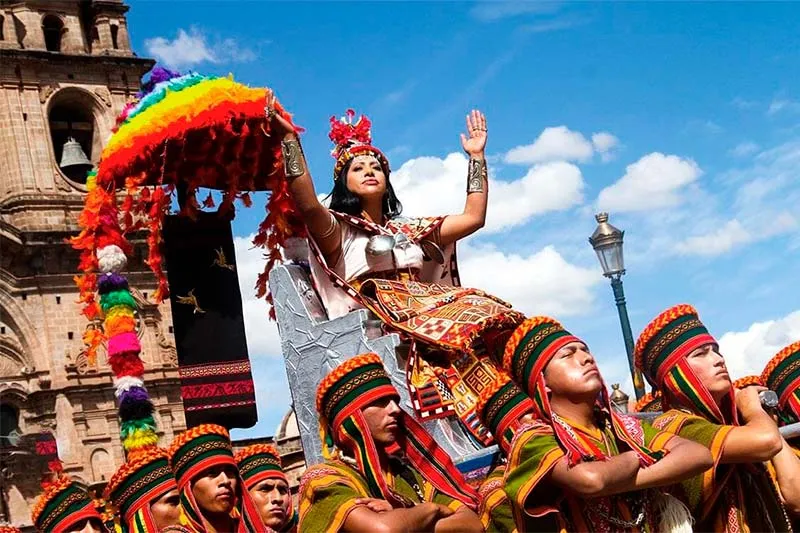
It took over three centuries for this ancestral festival to return to Cusco’s cultural life. In 1944, artist Faustino Espinoza Navarro, together with historian Humberto Vidal Unda, revived Inti Raymi to breathe new life into the tradition and boost tourism in the region.
Based on chronicles describing ancient rituals, Espinoza wrote a theatrical script in Quechua that reflected Inca political and religious practices—excluding, however, human sacrifices.
Since this first performance, the ceremony has been reenacted every year on June 24 and has only grown in scale. In fact, even during the COVID-19 pandemic in 2021, when the event was canceled, it was still broadcast on television and online to keep the tradition alive.
Inti Raymi Today
Today, Inti Raymi is a theatrical spectacle that maintains its essence as a cultural expression honoring Andean roots. The celebration unfolds in three main stages:
- Coricancha Temple: The day begins with a greeting to the Sun. The Sapa Inca (emperor) makes his appearance, surrounded by musicians and dancers in traditional attire. The procession then heads down Loreto Street to its next destination.
- Plaza de Armas: Here, the Rite of the Coca and the Encounter of the Times take place, during which the Inca presents the city’s mayor with the khipu, symbolizing the three powers: munay (to love), yachay (to know), and llankay (to work).
- Sacsayhuamán: This majestic archaeological site hosts the main ceremony, featuring solemn rituals and offerings to the Sun God. The event culminates in traditional dances and ceremonial speeches by the Sapa Inca (the Inca emperor).
With over 60,000 spectators—both national and international—and 1,000 performers, Inti Raymi is now one of the most important celebrations of Peruvian culture.
Once a symbol of unity for the Inca Empire, Inti Raymi today represents a strong link to the pre-Hispanic past and stands as a living testimony to the resilience of Indigenous cultures. Despite attempts to erase it, the tradition endures—faithful to its origins, yet adapted to modern times.
Photos: Andina

